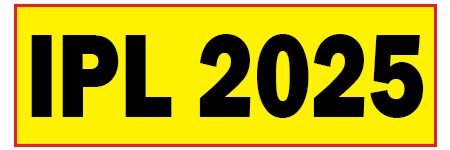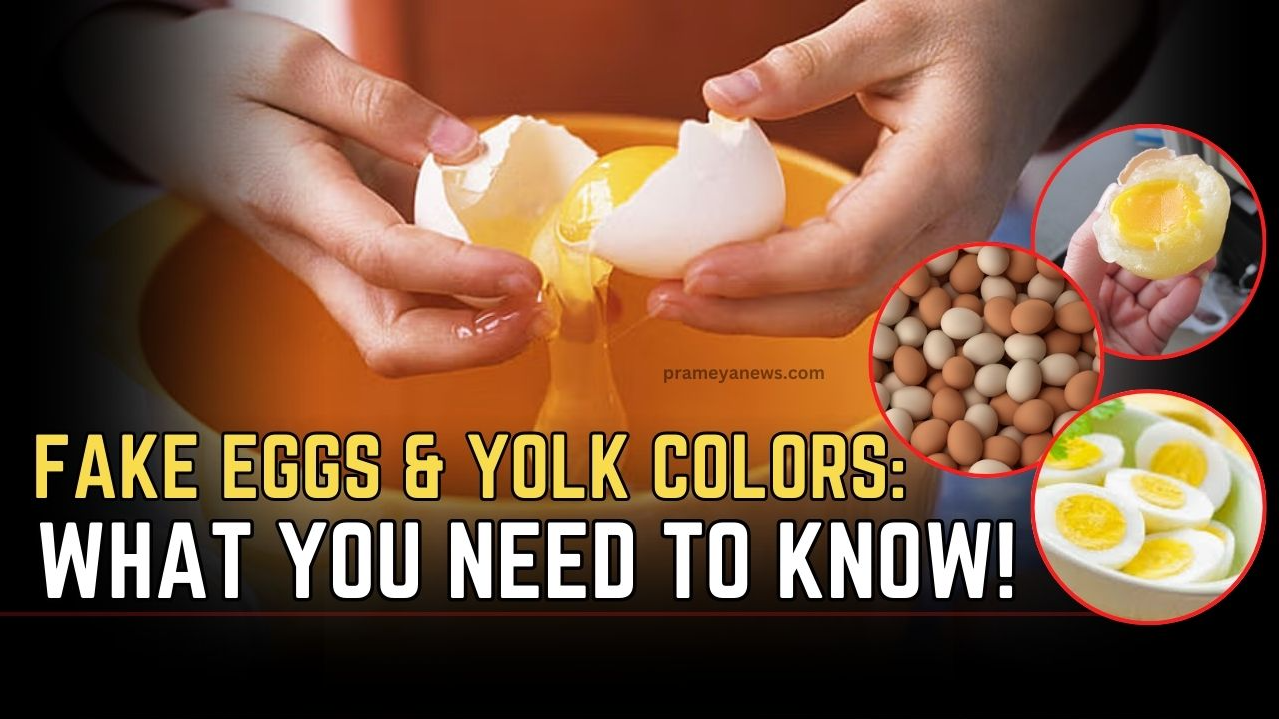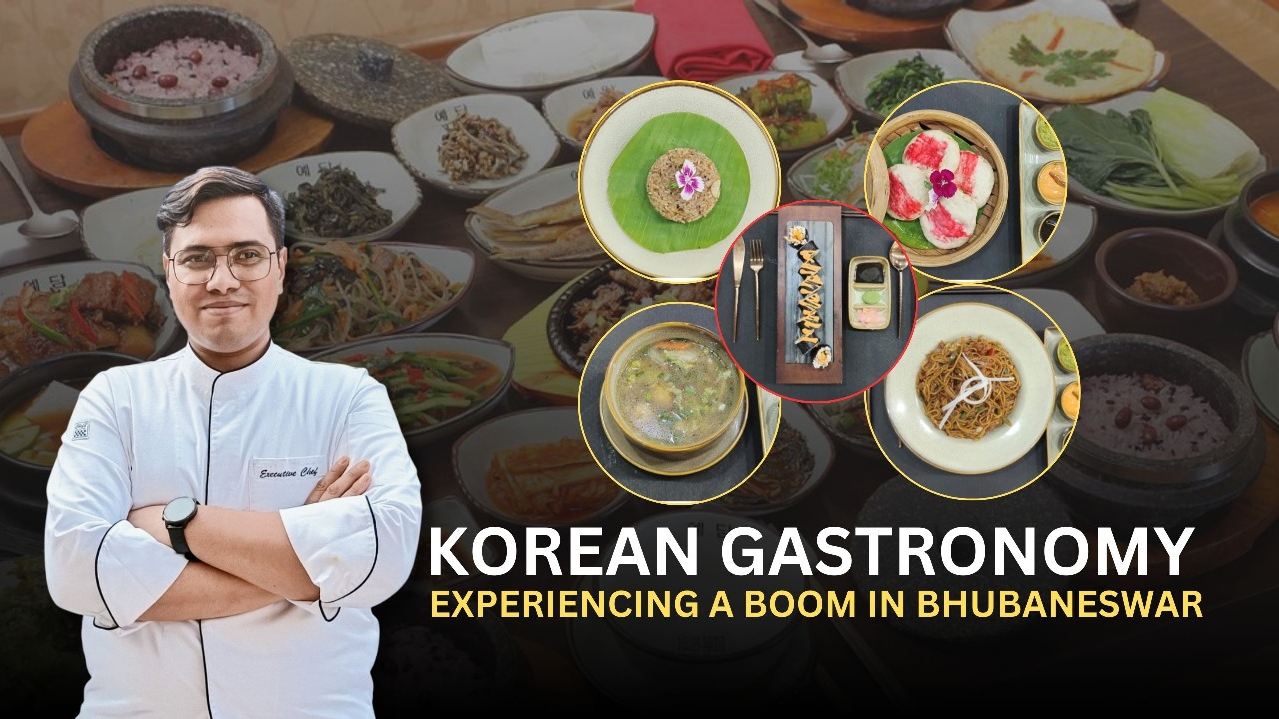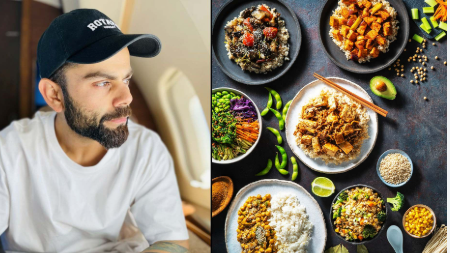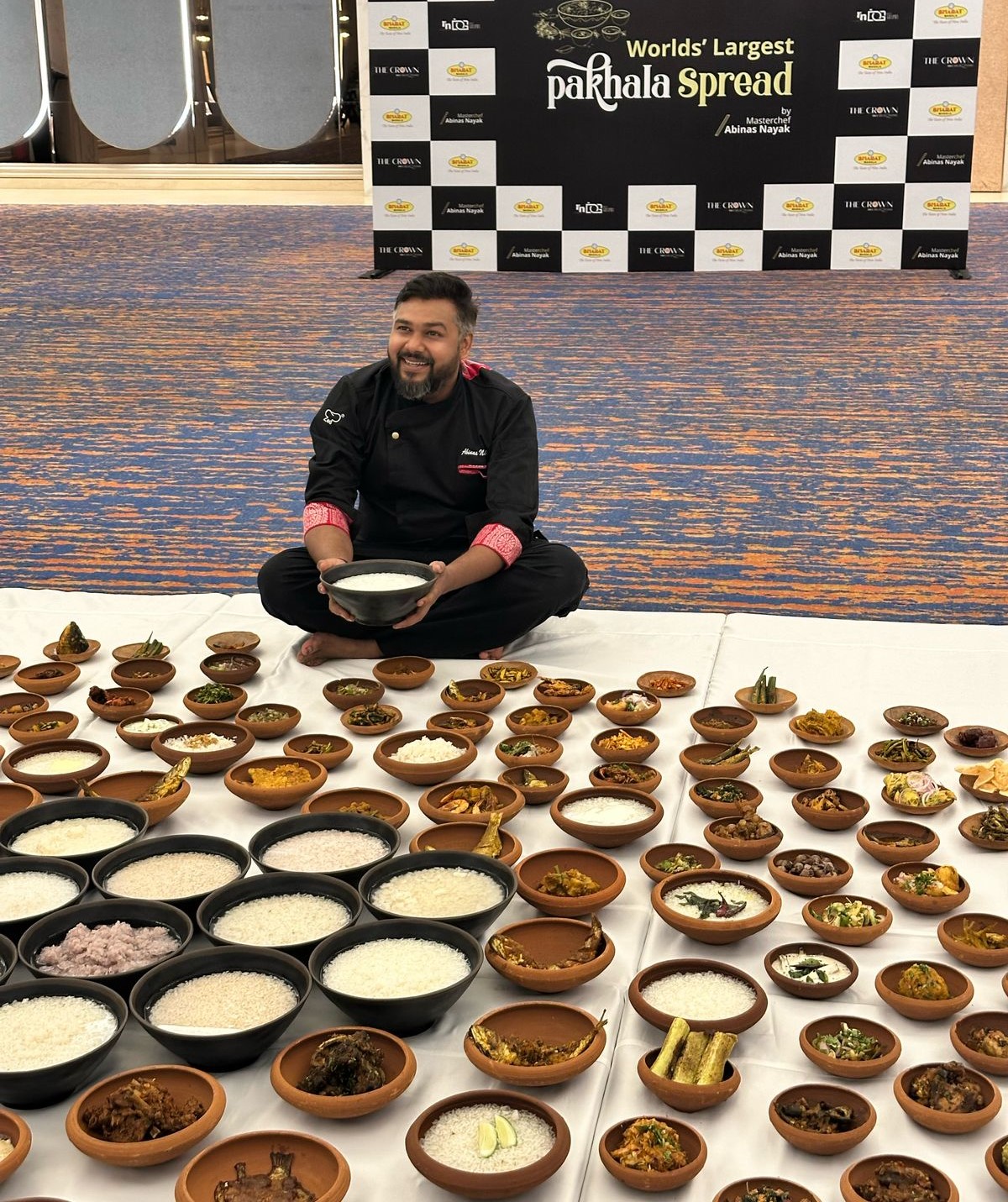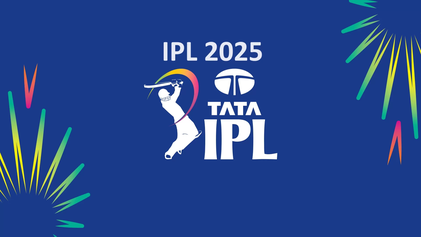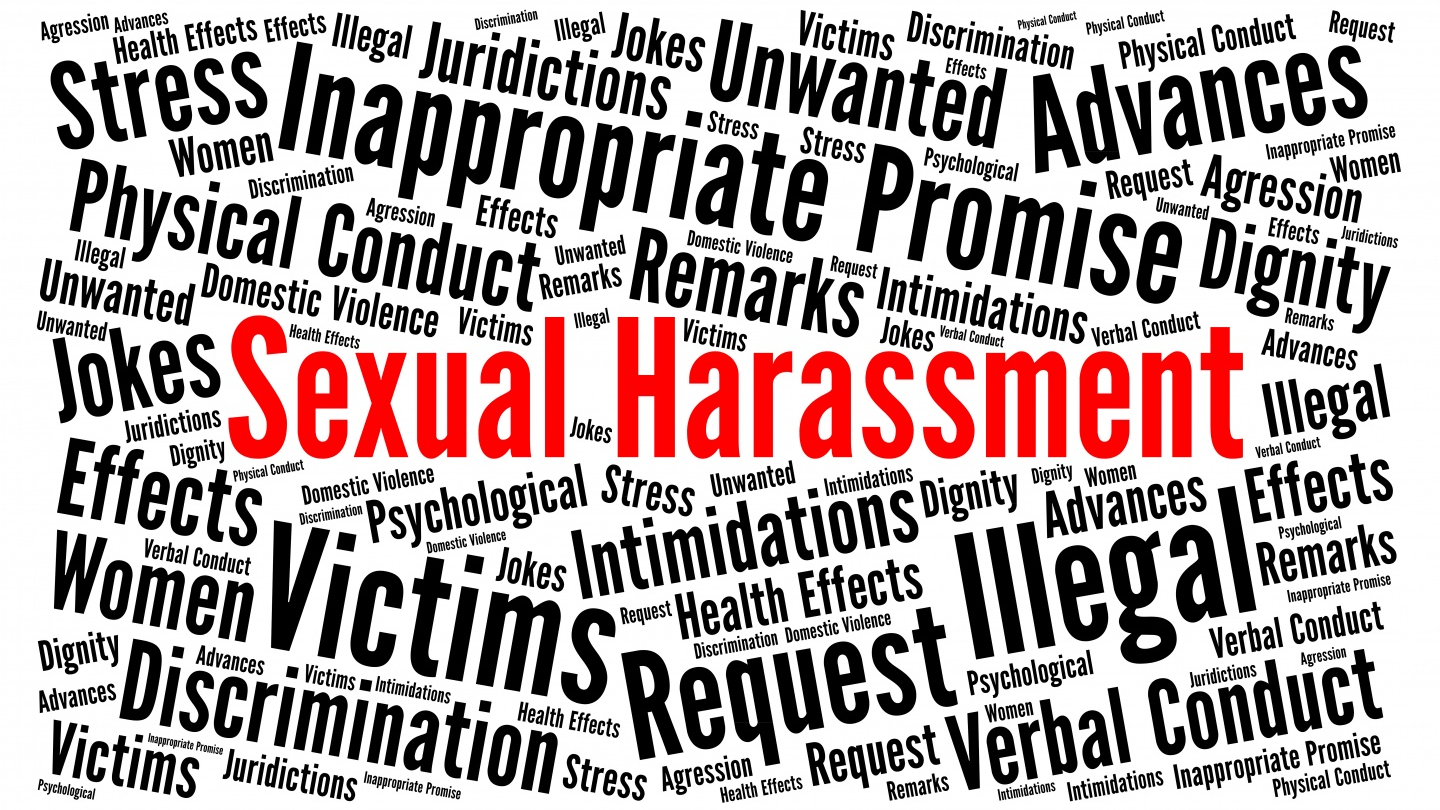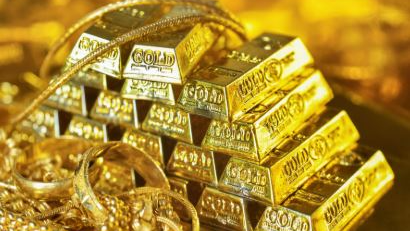Eggs are a kitchen staple, loved for their versatility and nutrition. But lately, two questions have scrambled their way into public concern: Are fake eggs flooding the market? & Is the yolk’s color a clue to its health value? Let’s crack open these topics, sift through the facts, and see what’s worth worrying about—and what’s just a shell of misinformation.
Join the Whatsapp Channel to Get News updates in english
The Fake Egg Controversy – Myth or Reality?
The idea of “fake eggs” sounds like something out of a sci-fi movie, but warnings about them have hatched real fear. Imagine cracking an egg only to find a rubbery yolk or a shell that feels “off.” According to food safety alerts, these synthetic eggs—crafted from questionable ingredients—are sneaking into markets, particularly in regions where price gaps between real and fake products tempt dishonest sellers and retailers.
To help consumers, experts suggest simple checks:
Shell Test: Real eggshells have a slight roughness; fake ones may feel too polished or brittle.
Yolk Check: Shake the egg. A real yolk moves freely; a fake one’s “yolk” might stay rigid.
Water Test: Real eggs sink in water; fake ones may float due to lightweight materials.
Post-Cooking Clues: Fake eggs might leave a chemical aftertaste or emit a plasticky smell.
Counterarguments and Skepticism
How common *are* fake eggs? Critics argue that the fear might be overblown. Creating convincing synthetic eggs is technically complex and expensive, making large-scale production unlikely. Food safety agencies in India, like FSSAI, have repeatedly debunked viral claims, calling most “fake egg” videos hoaxes. Dr. Subhash Reddy, a food technologist, notes, “The cost of producing fake eggs would likely exceed real ones, defeating the motive of profit.” Moreover, many “identification tips” lack scientific backing. For instance, floating eggs often indicate age (old eggs develop air pockets) rather than fakeness. The real issue might be mislabeling or unethical farming practices (like antibiotic overuse) rather than outright counterfeits.
Orange vs. Yellow Yolks – Does Color Matter?
Walk into a grocery store, and one will notice white and brown shells and might have egg yolks ranging from pale yellow to deep orange. Food influencers often swear by orange yolks, calling them a “superfood.” But is the hype justified?
The color of a yolk depends on a hen’s diet. Hens grazing on leafy greens or eating feed with marigold extract produce yolks rich in carotenoids—natural pigments with antioxidant benefits. These compounds, like lutein and zeaxanthin, support eye health and may reduce inflammation. In contrast, hens fed a grain-heavy diet (like wheat) lay eggs with lighter yolks and fewer carotenoids.
Counterarguments and Nuances
But before you toss your yellow-yolk eggs, consider this:
Nutrient Differences Are Minor: While orange yolks have more carotenoids, the overall nutritional gap between yolk colors is small. Both provide similar amounts of protein, vitamins (B12, D), and minerals.
Taste & Health: Darker yolks might taste richer, but that doesn’t automatically make them healthier. A 2020 study in *Food Chemistry* found no significant difference in cholesterol or fatty acid profiles between yolk shades.
Accessibility Matters: Orange-yolk eggs (often labeled “pasture-raised” or “organic”) cost more. For budget-conscious buyers, regular eggs still offer great nutrition.
Dr. Anjali Patel, a nutritionist, adds, “Focus on the hen’s welfare, not just yolk color. Free-range eggs, regardless of yolk shade, often come from healthier birds.”
Bridging the Debates:
Both debates—fake eggs and yolk color—reflect broader concerns about food transparency and quality. While fake eggs tap into fears of food fraud, the bigger threats are unhygienic farming conditions or misleading labels. Similarly, fixating on yolk color might distract from pressing issues like antibiotic use in poultry.
Practical Tips for Consumers
Buy from Reputable Sources: Choose certified brands or local farmers you trust.
Prioritize Balance: Whether yolk is orange or yellow, eggs are a nutrient-dense food. Pair them with veggies for a carotenoid boost.
Stay Informed: Verify viral claims with reliable sources like FSSAI or nutrition experts.
Don’t Let Fear Scramble or Misinformation bias you.
The egg aisle doesn’t need to be a place of paranoia. While vigilance about food quality is wise, most “fake egg” alarms are exaggerated. Likewise, yolk color is a fun indicator of a hen’s diet—not a strict health meter. Instead of chasing perfection, focus on variety and moderation. Whether sunny orange or soft yellow, an egg’s true value lies in its role as a simple, wholesome food.

